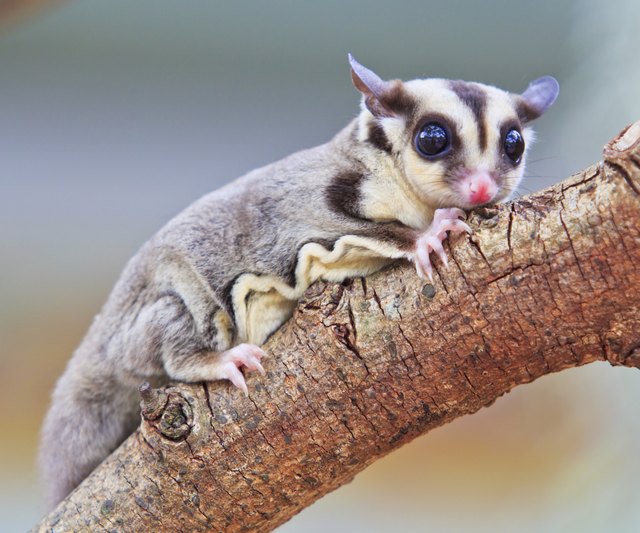

Even though habitat destruction poses a problem, their numbers are high and their populations are healthy. Thankfully, human activity has not heavily impacted Sugar Glider populations. As fall arrives their diet shifts to plant-based foods, like tree sap, pollen, honeydew, and more. Some common prey items include spiders, beetles, insect larvae, moths, and more. Their diet varies based on the season and what foods are available.ĭuring the spring and summer, this species feeds mostly on invertebrates. Sugar Gliders are omnivores, which means that they eat both plant and animal matter. Diet of the Sugar Gliderĭespite their name, this species doesn’t only eat sugary foods, though it does have quite the sweet tooth. You can also find Sugars as pets in households worldwide, though in some places it is illegal to own one as a pet. These marsupials also live in New Guinea, and some of the surrounding islands. You can find them in the Northern Territory, Queensland, New South Wales, and Victoria. They live relatively close to the coastline throughout Australia. In their native range, Sugar Gliders inhabit northeast and eastern Australia. Some of the different habitats that they occupy include eucalyptus forests, woodlands, rainforests, plantations, scrub forests, and more. Their habitats also must have dense vegetation to protect them from predators. This species relies on forested areas where they can forage for food and glide from tree to tree.

Breeders have developed them in albino, cream, white, silver, mahogany, and more.
Sugar glider pet skin#
Wild Sugar Gliders have brownish-grey fur, large eyes, long tails, and a large flap of skin between their legs.


 0 kommentar(er)
0 kommentar(er)
